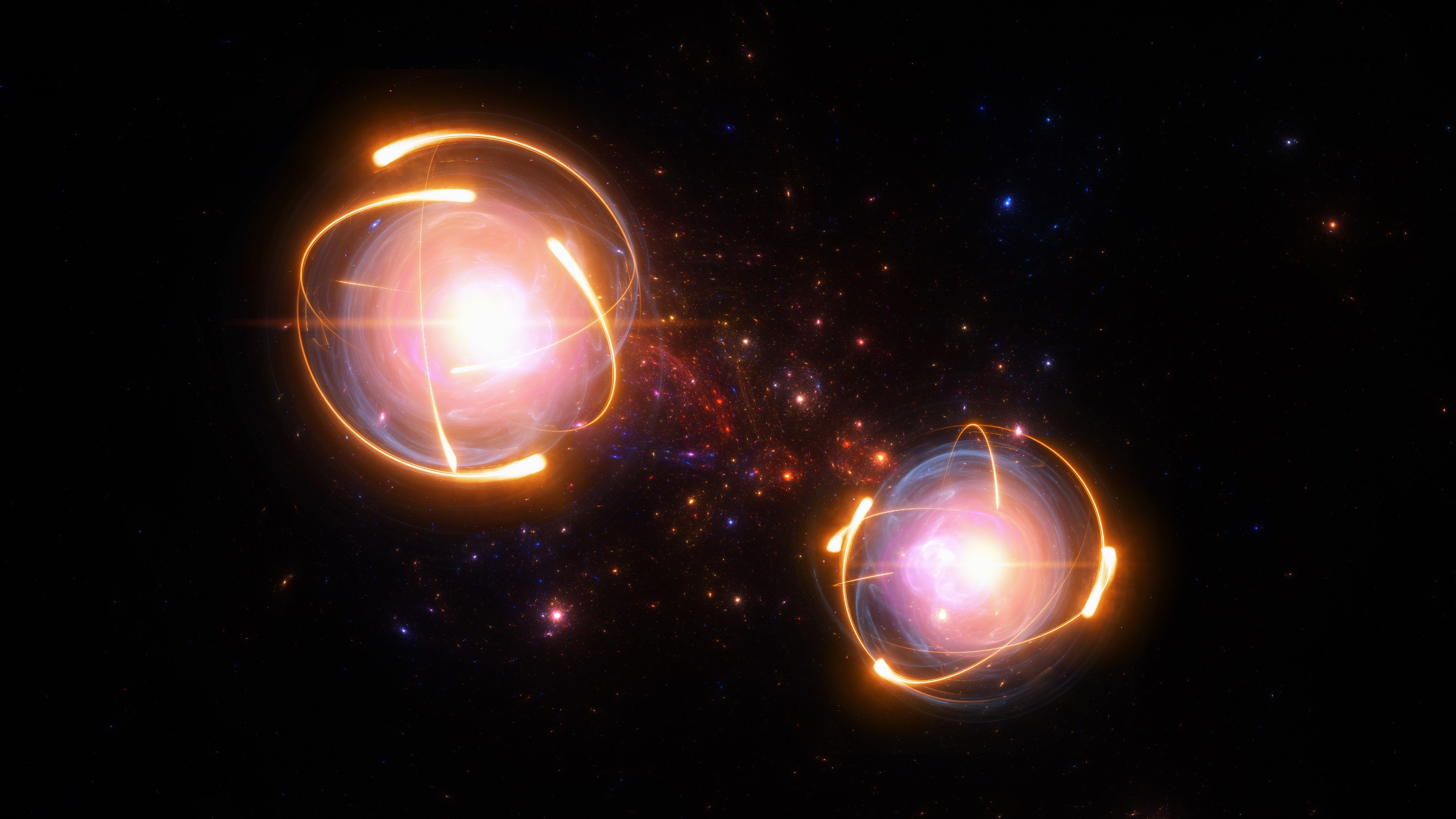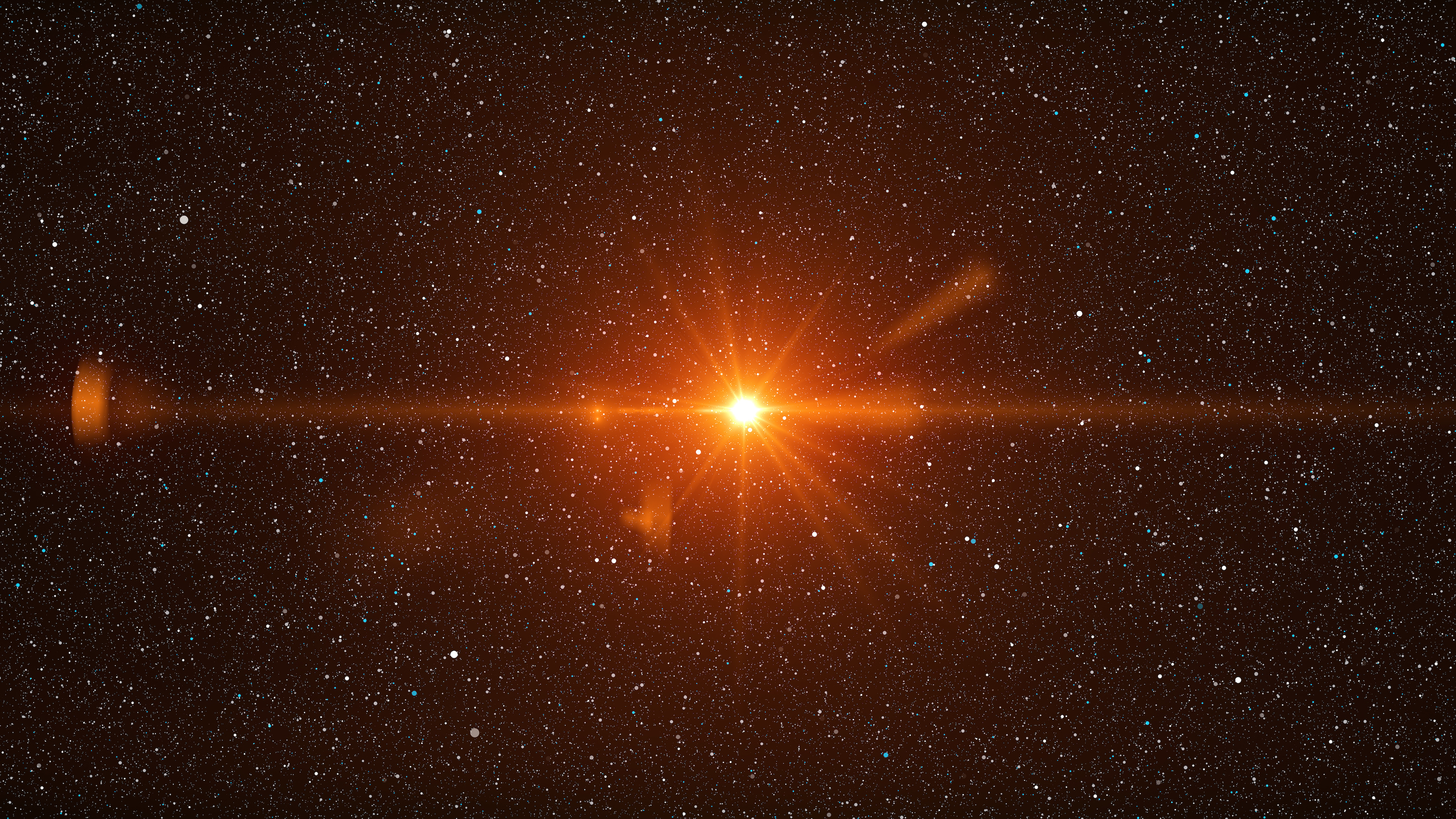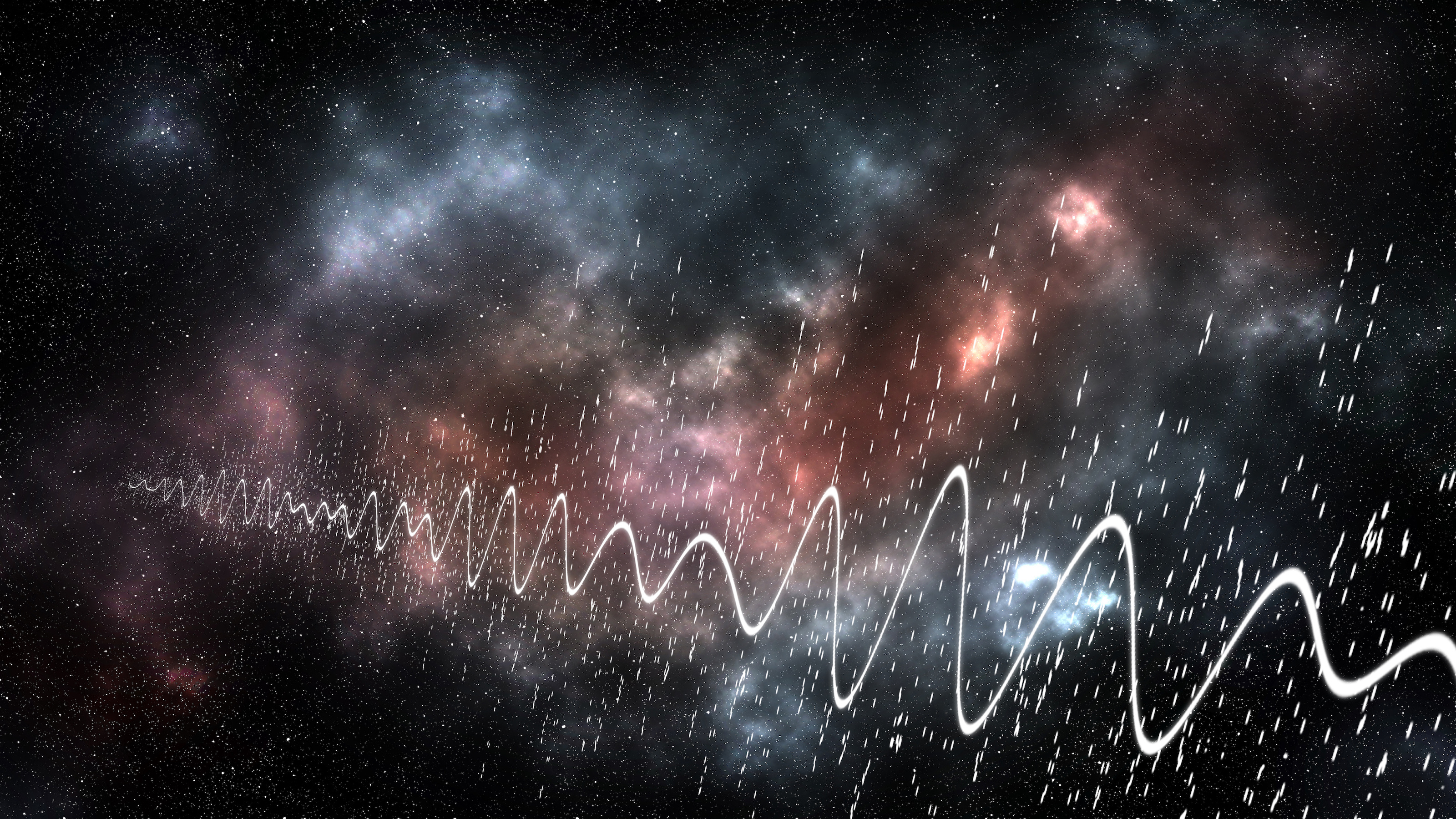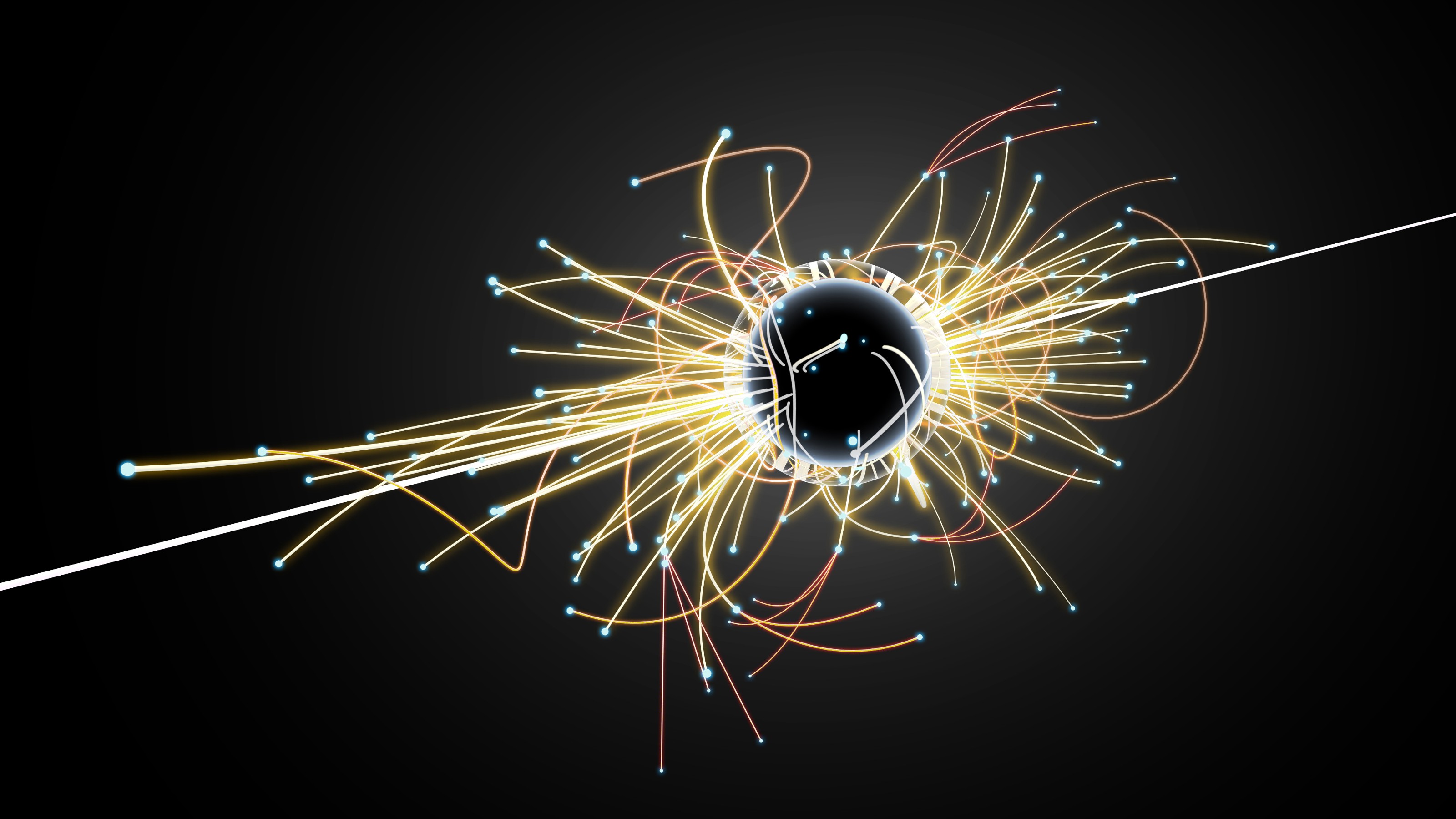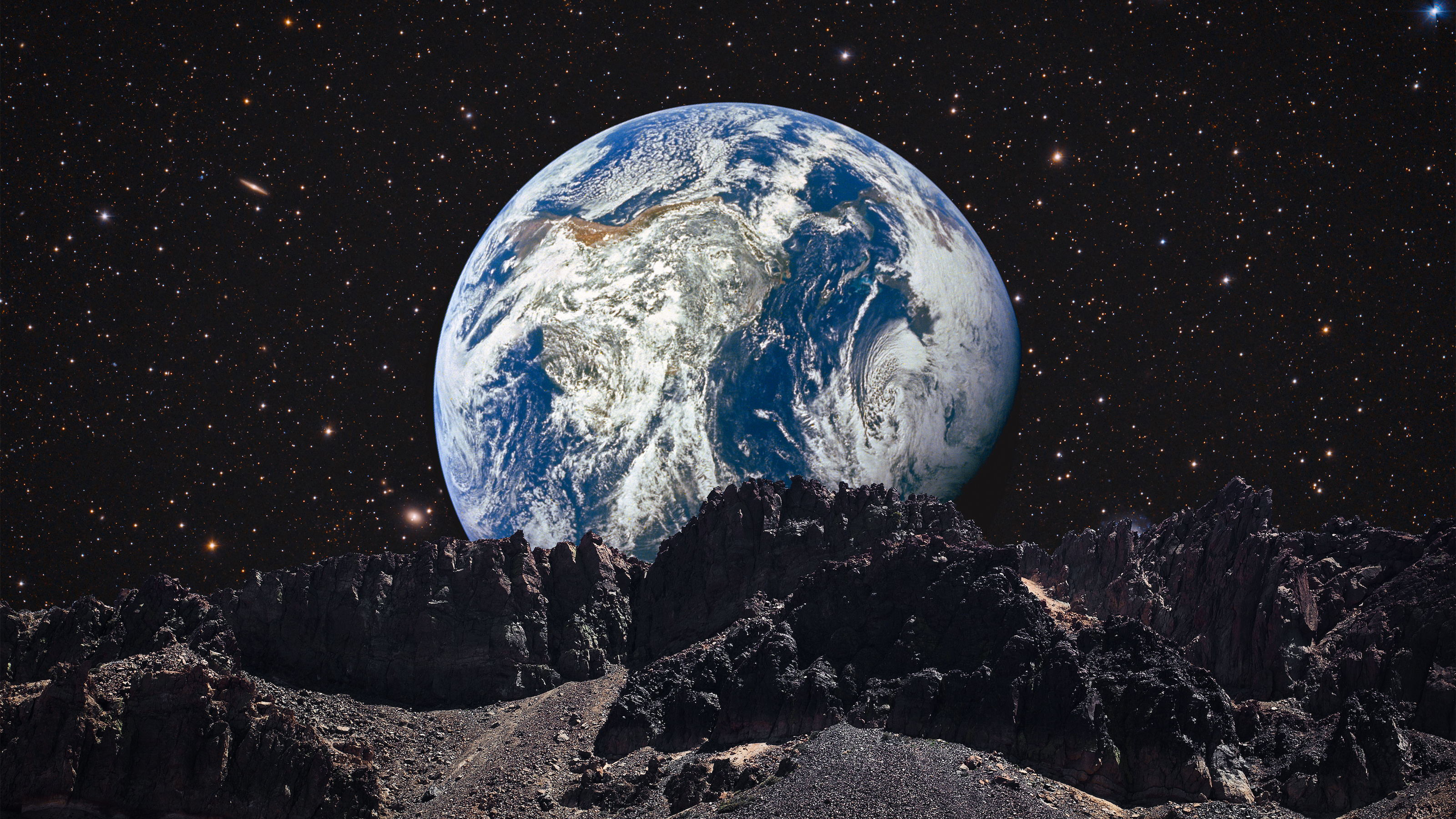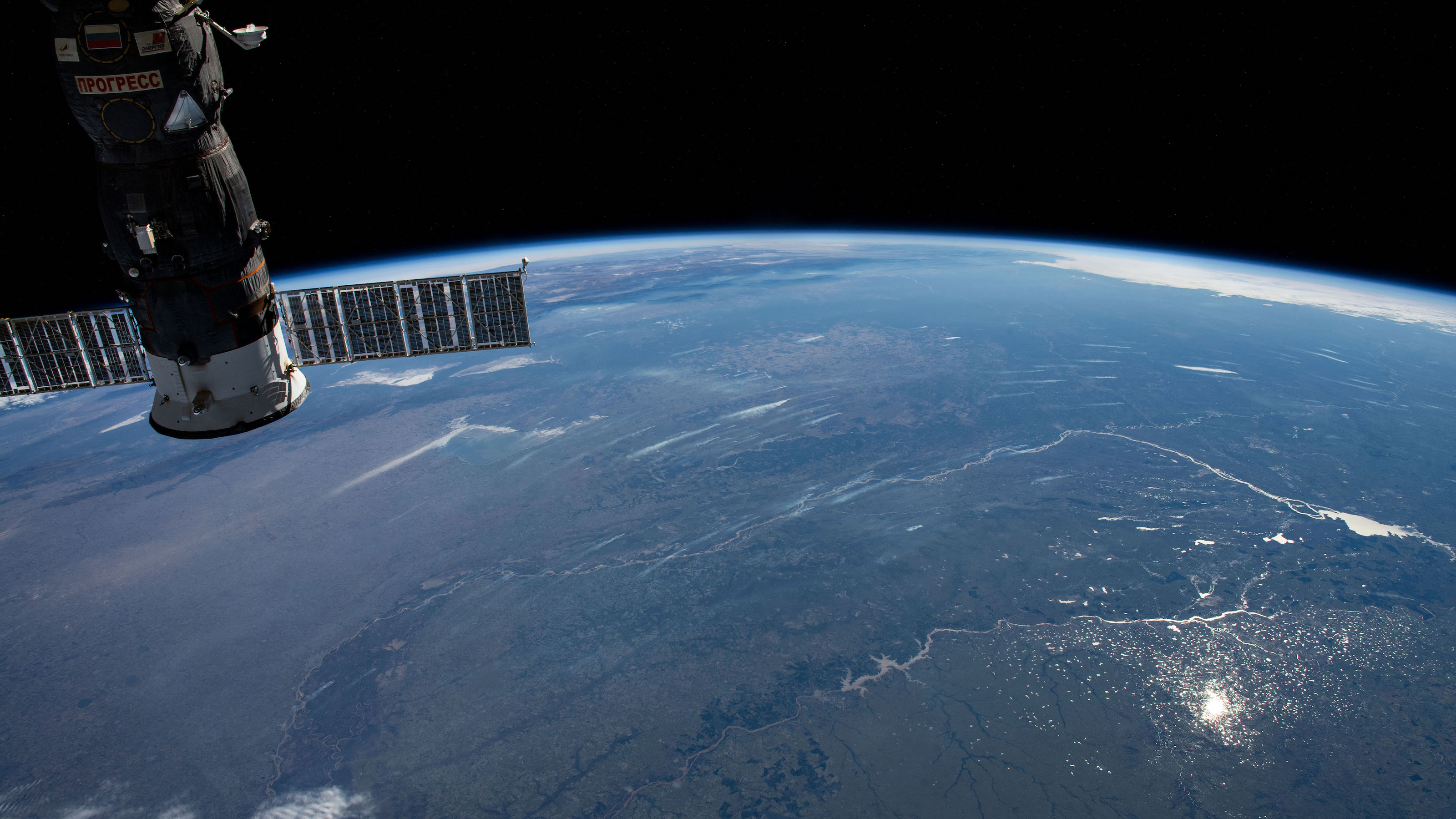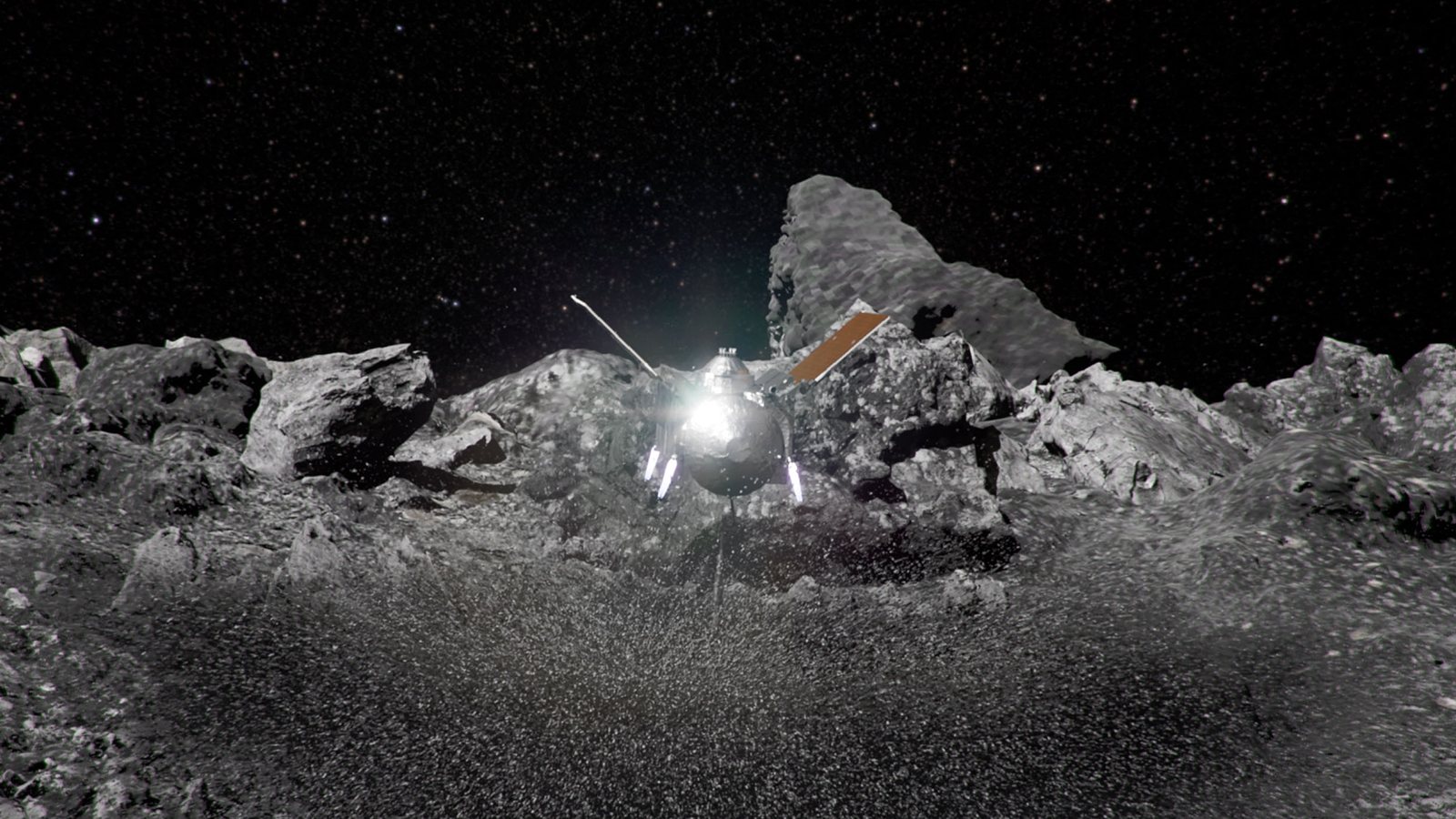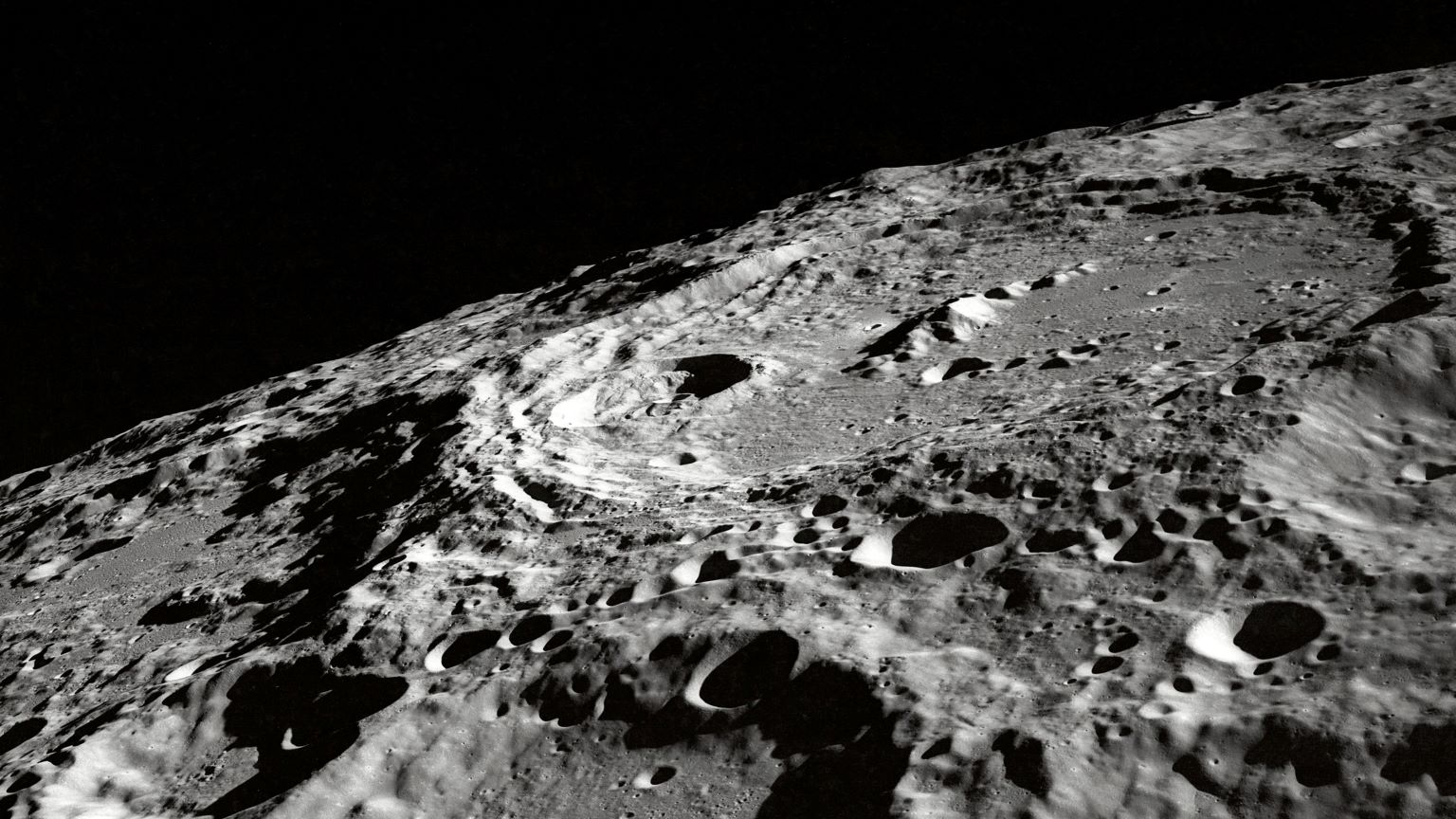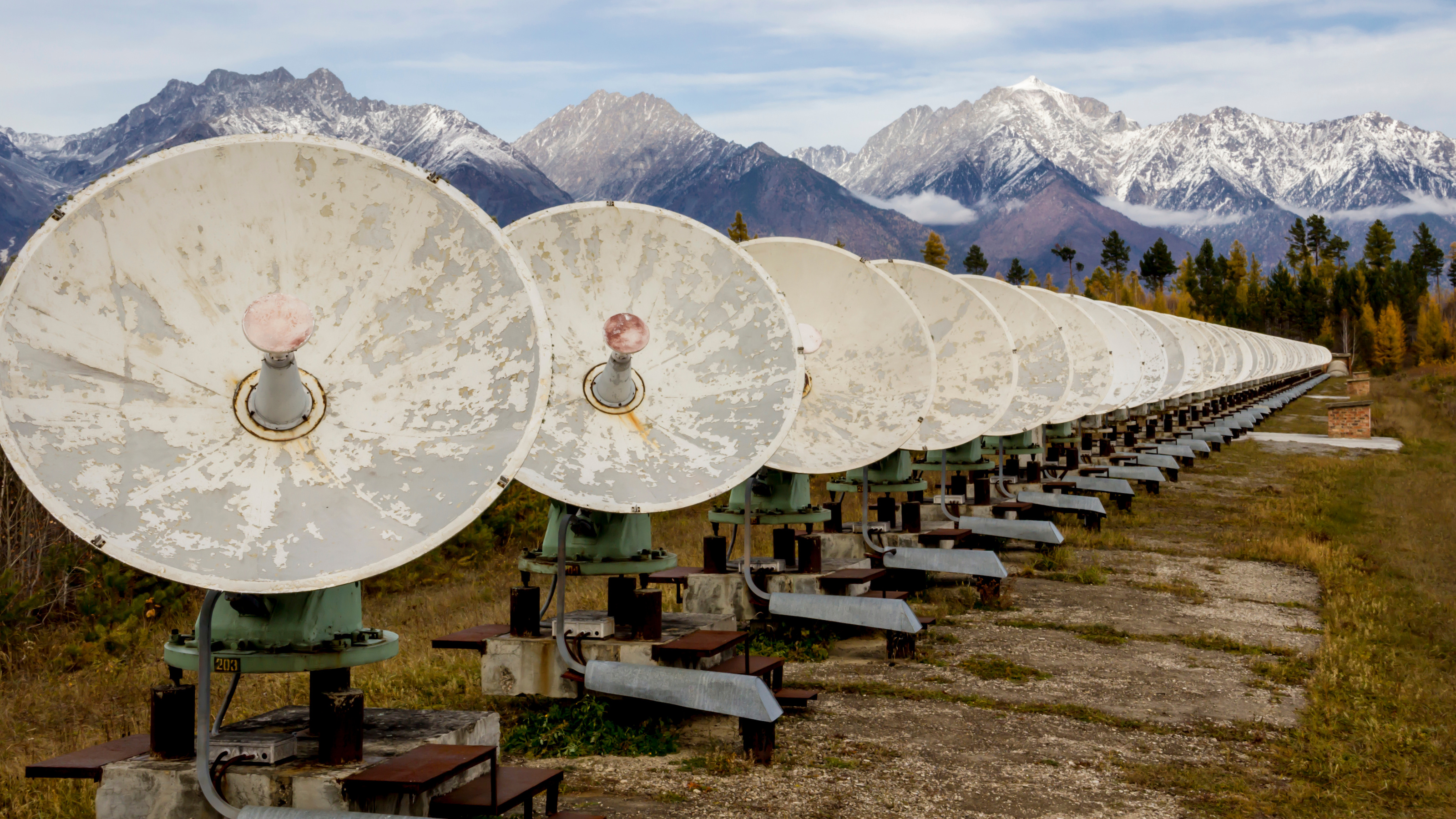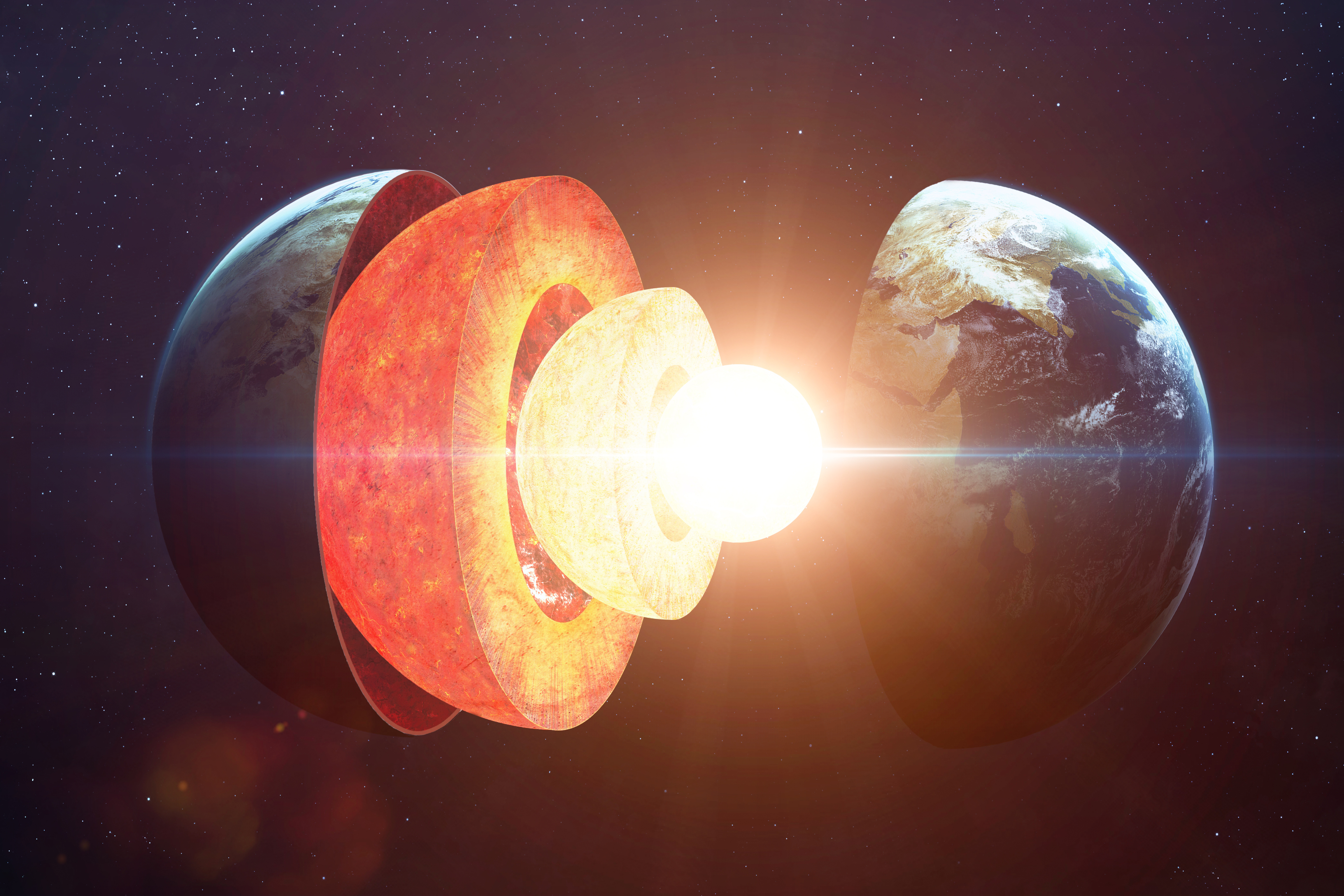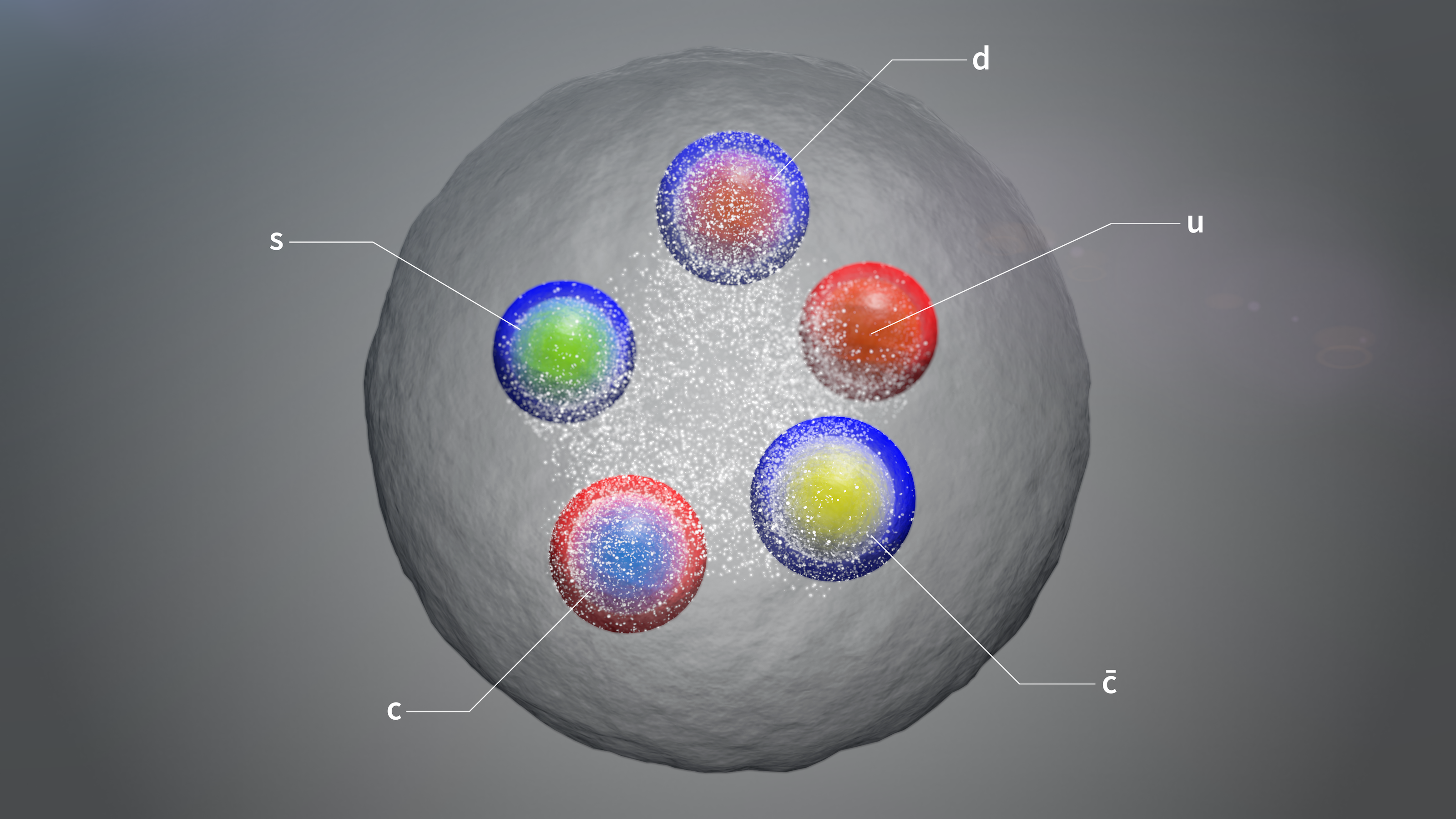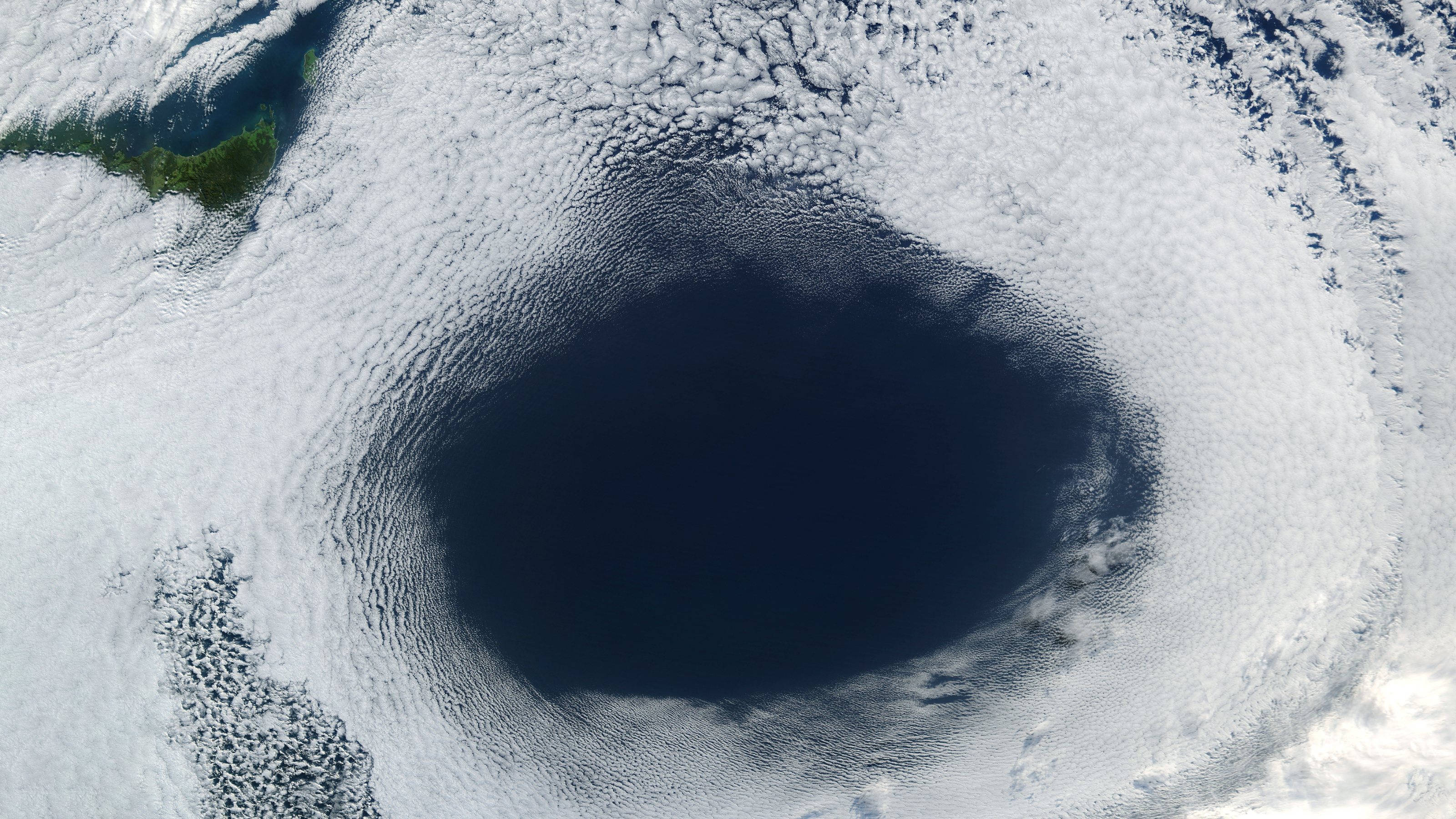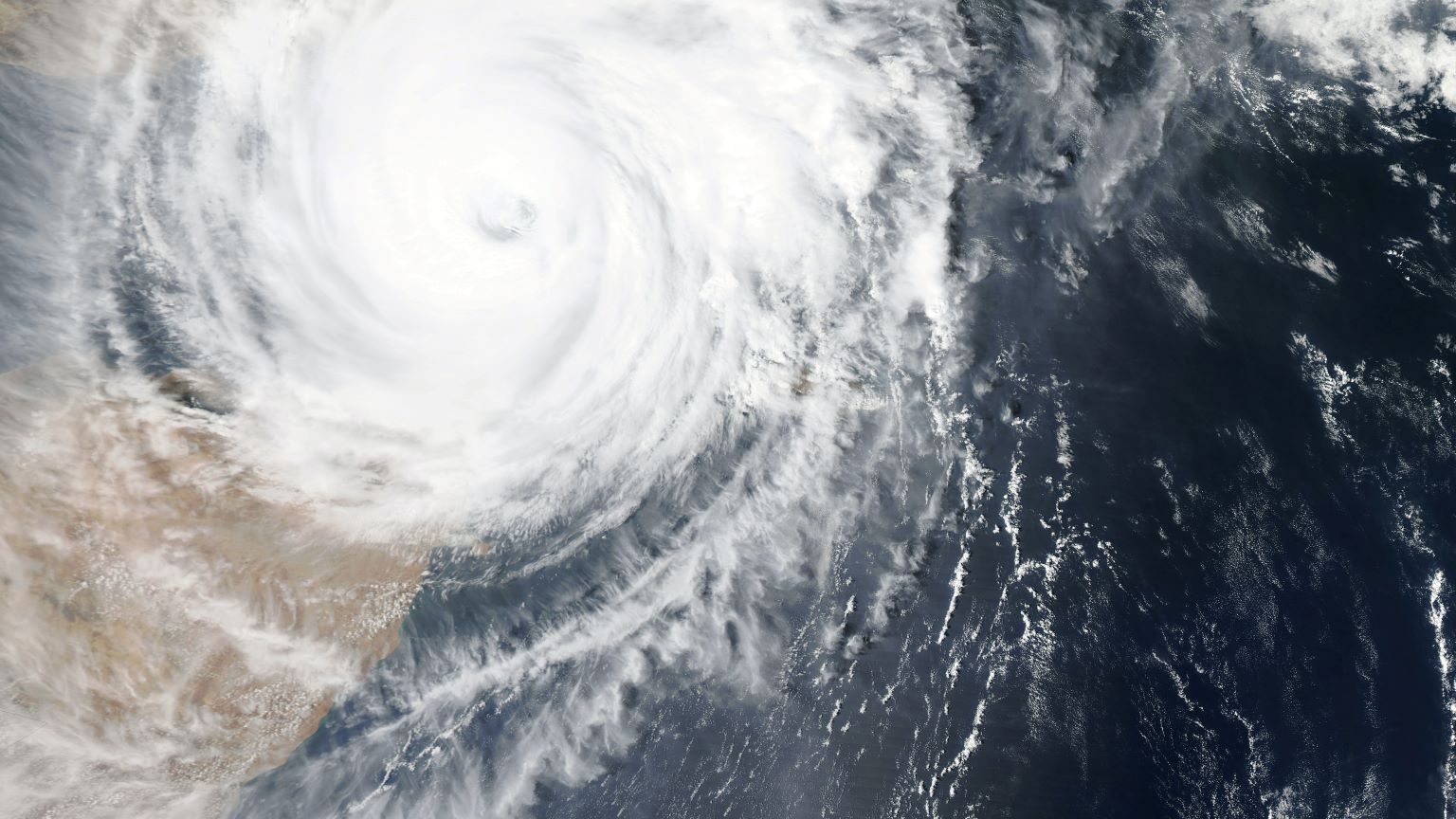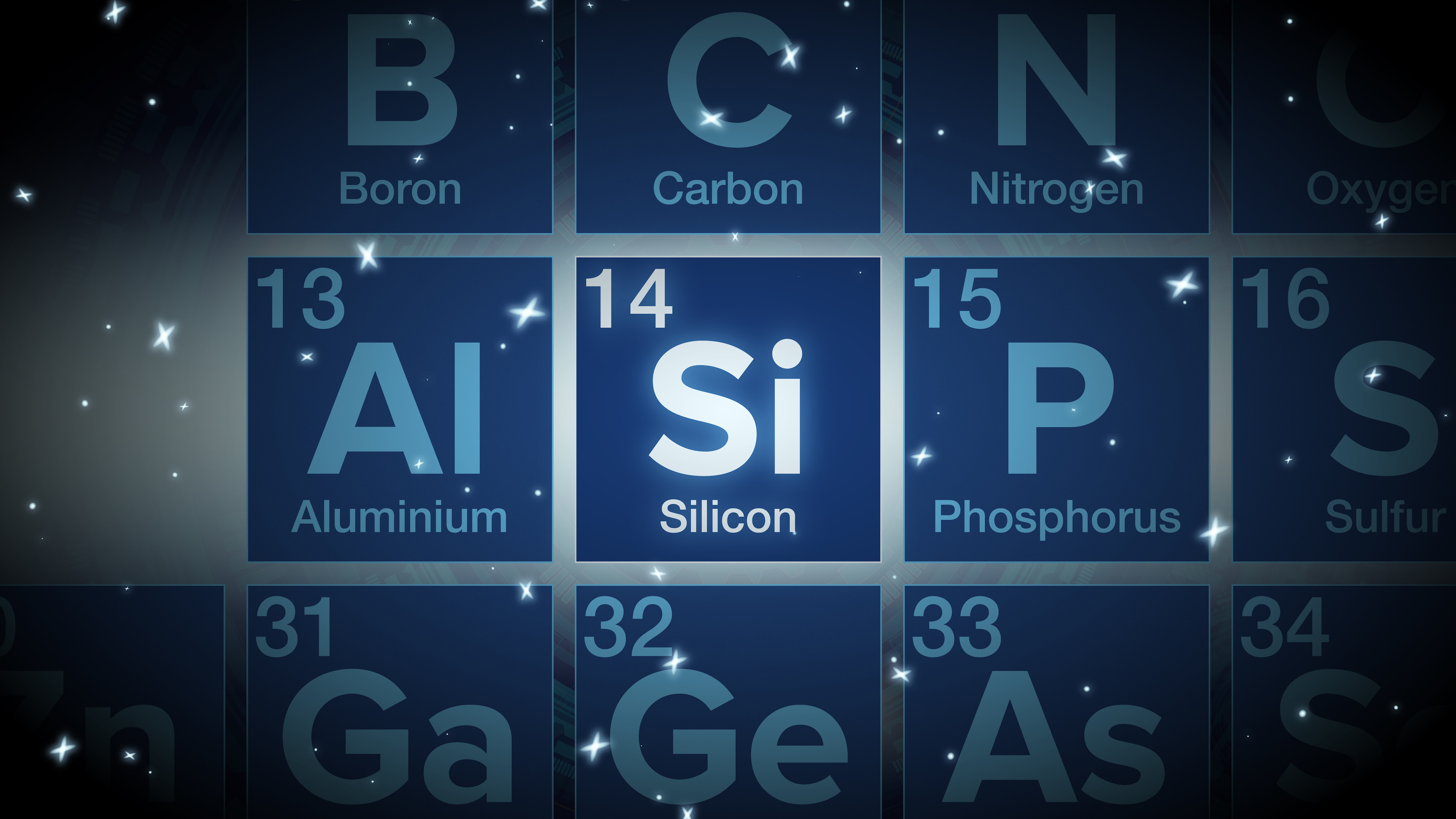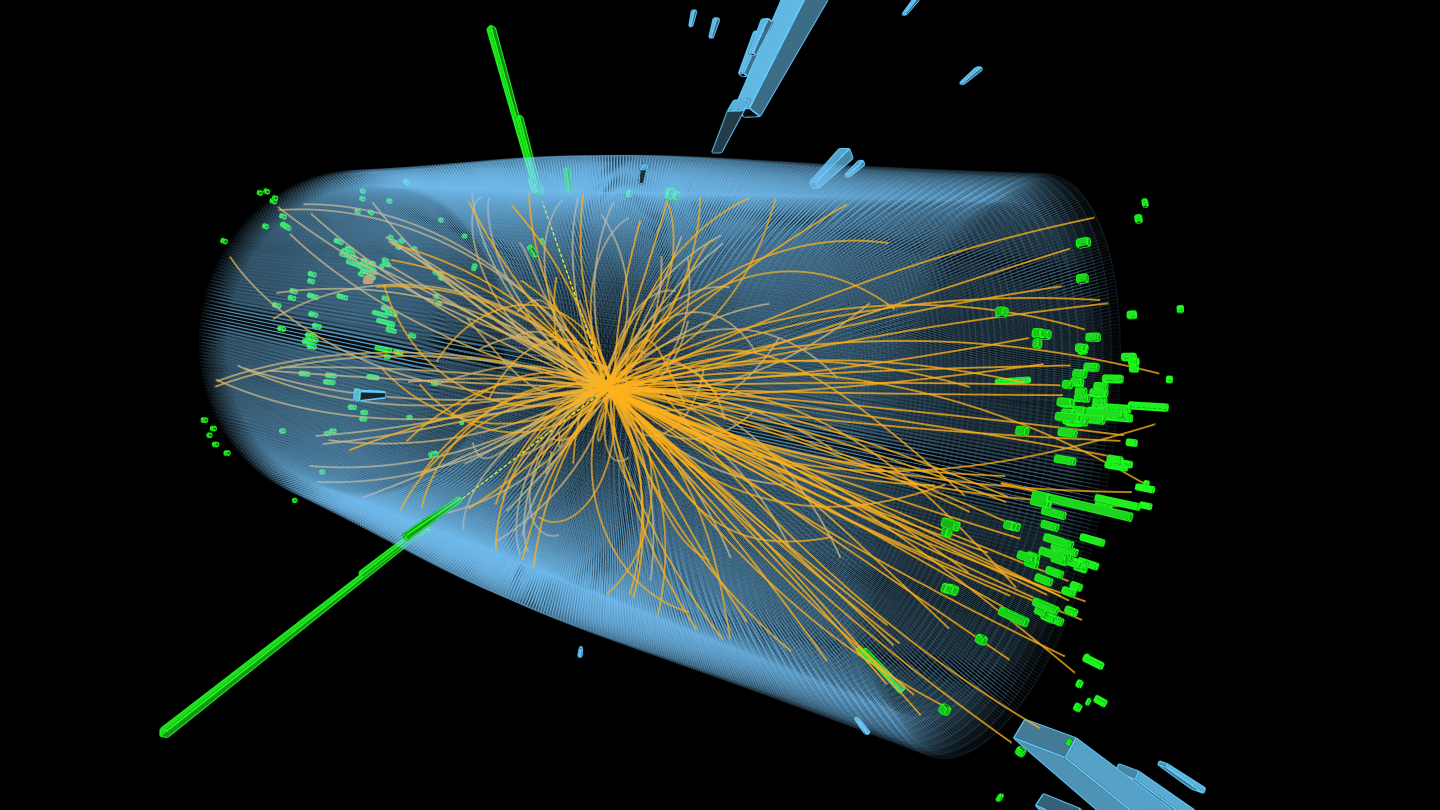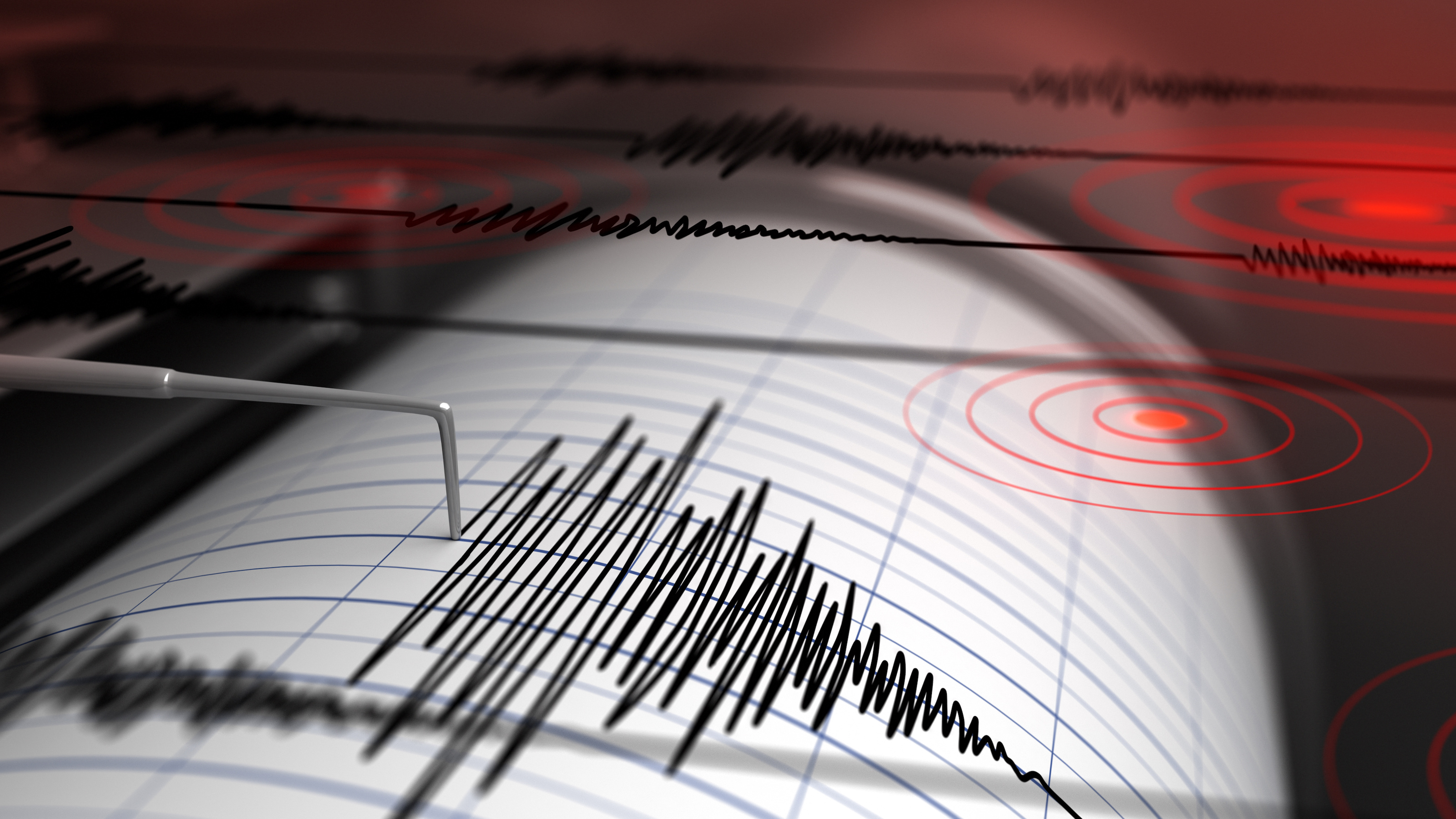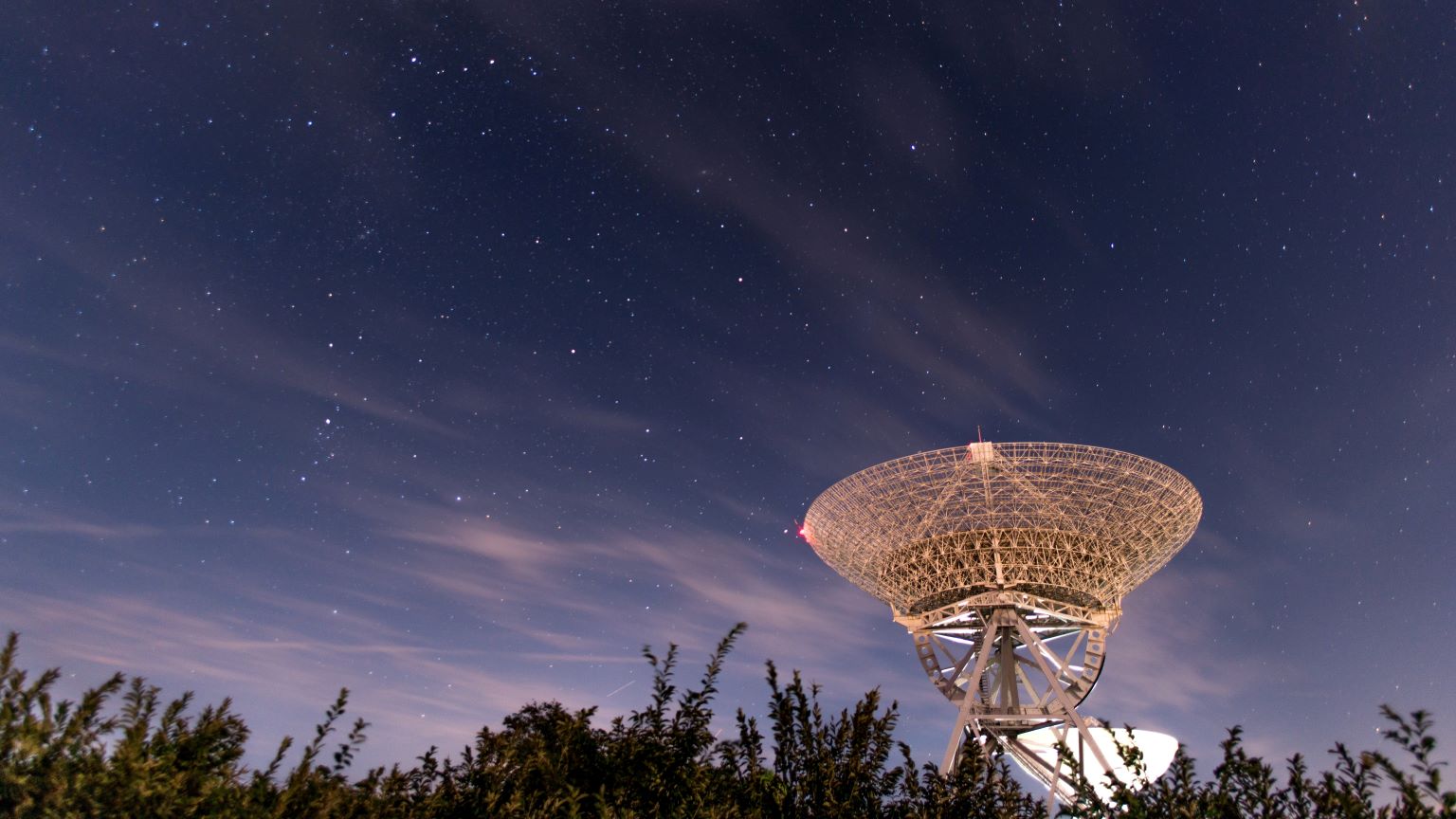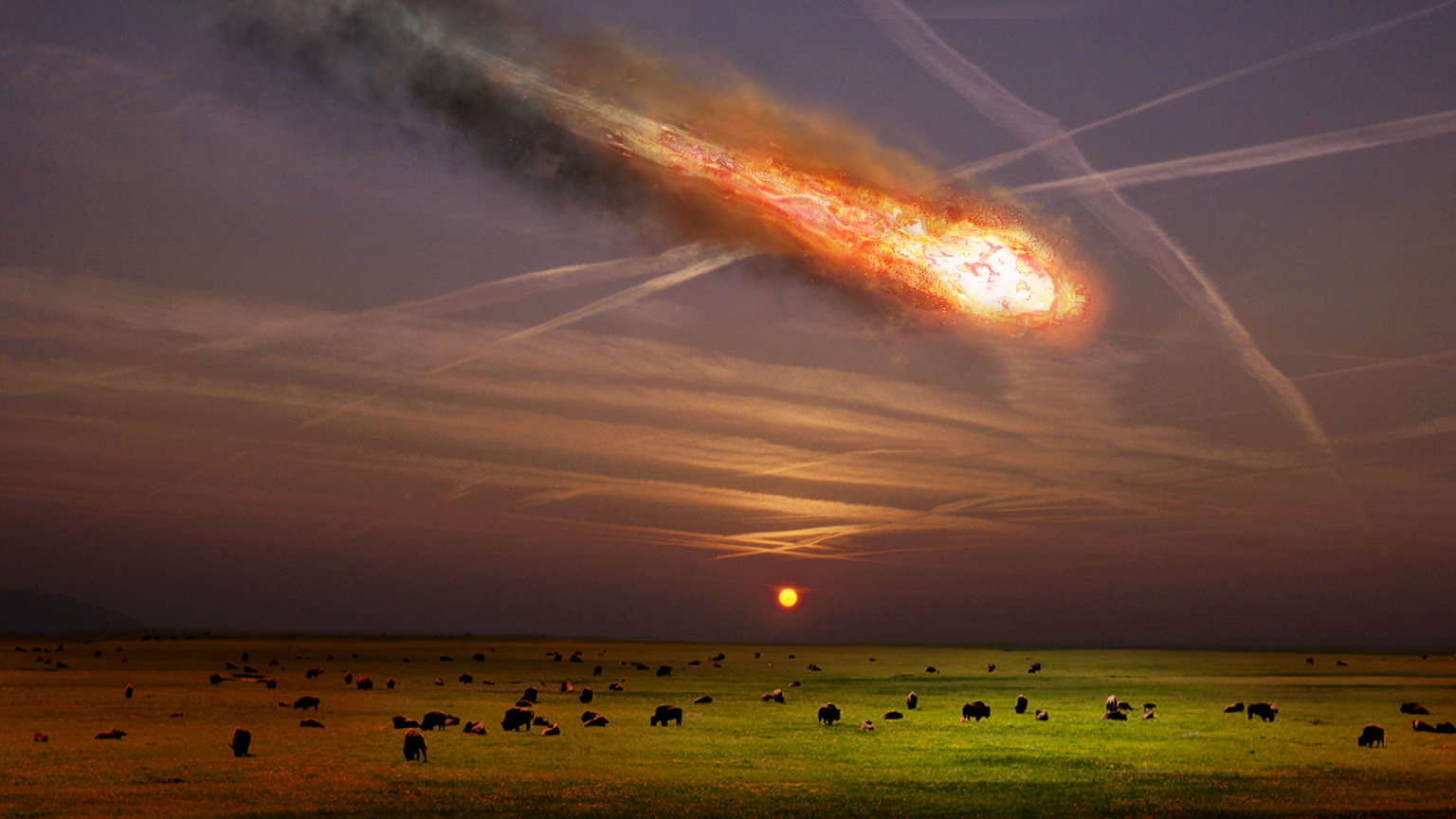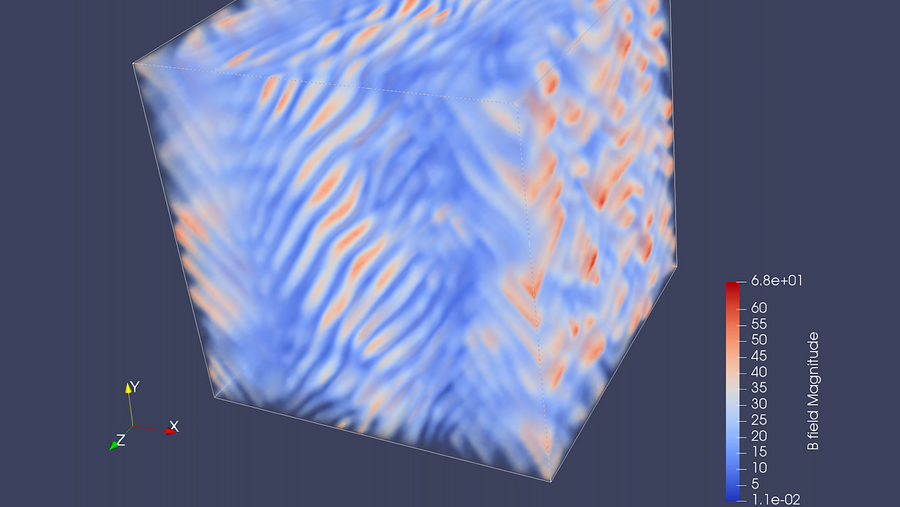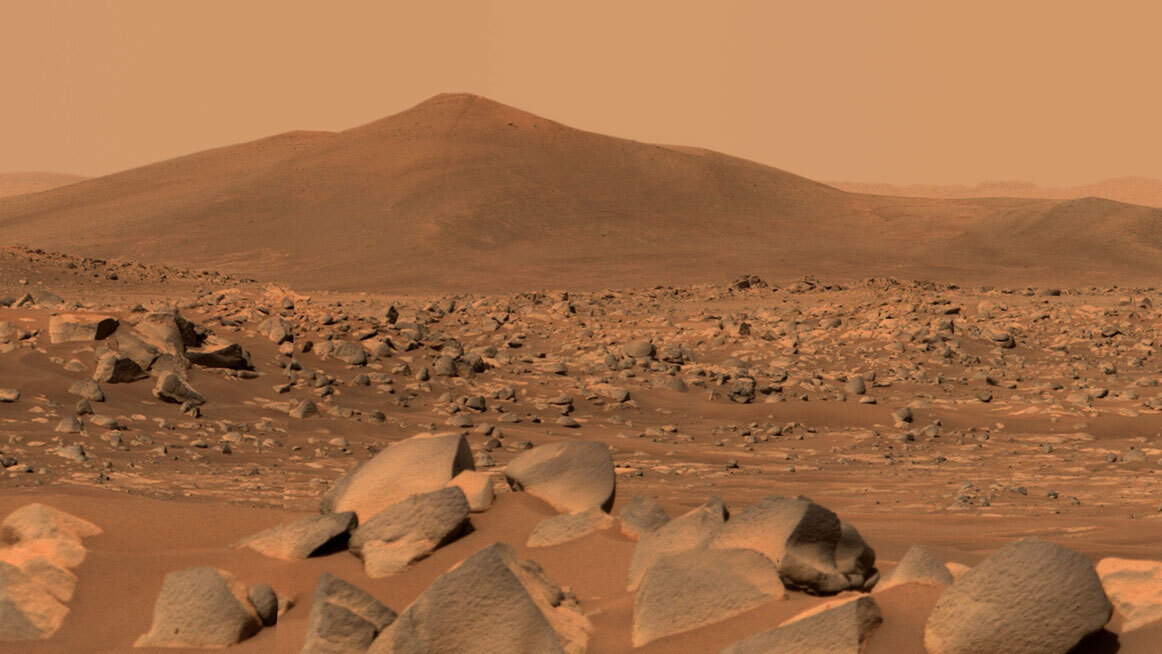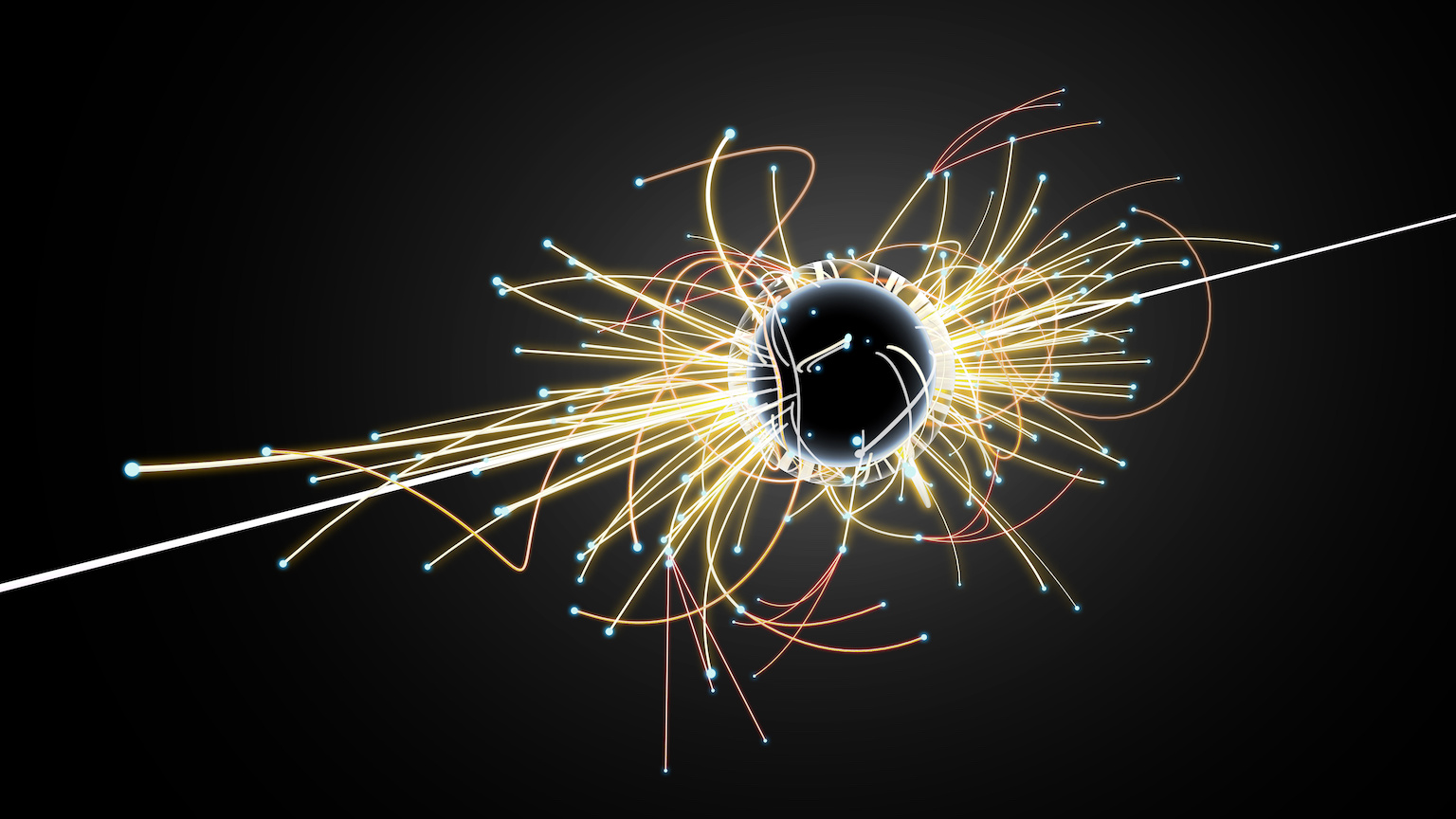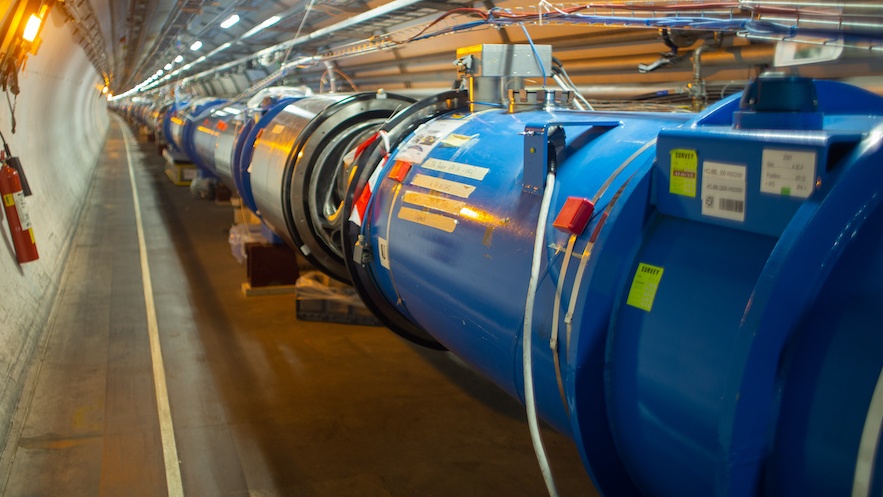Hard Science
All Stories
Quantum mechanics forces us to toss out the old, reliable ways in which we make sense of our everyday reality.
Unexpected images of galaxies from the James Webb Space Telescope do not disprove the Big Bang. There are other likelier explanations.
Hubble revolutionized astronomy more than once. Here’s what we can expect from the James Webb Space Telescope.
In special relativity, the statement that two events happened at the same time is meaningless.
Should we be searching for life on other planets, or technology?
The key problem with the dark matter hypothesis is that nobody knows what form dark matter might take.
Not too hot, not too cold…
“You develop an instant global consciousness, a people orientation, an intense dissatisfaction with the state of the world, and a compulsion to do something about it.”
The surface of asteroid Bennu is more like a plastic ball pit than the Moon.
“The surface is no longer a record of every impact the moon has ever had, because at some point, impacts were erasing previous impacts.”
Quantum communication offers a surer path to sending an interstellar message, as well as receiving one. But can we do it?
The costs of such an endeavor would be extremely high, while the potential payoffs would be uncertain.
The length of a day oscillates slightly every six years. This was a surprising discovery made last decade. We might now know why.
Scientists have found three new examples of a very exotic form of matter made of quarks. They can yield insights into the early Universe.
The psychology of alien contact largely revolves around the concept of “otherness.” We need to learn to be comfortable around strange things.
Some ozone experts seriously doubt the findings.
A marine scientist explains the threat of the Loop Current, a 800-pound gorilla of Gulf hurricane risks.
On Earth, carbon can form millions of compounds, while silicon is largely stuck inside rocks. But elsewhere, silicon could form the basis of life.
On July 4, we celebrate the tenth anniversary of the discovery of the Higgs boson, the missing piece of the Standard Model of particle physics.
Your eyes are playing tricks on you.
Experiments cannot confirm what theory predicts about neutrinos. And particle physicists have no idea why.
Some of the coastal areas were not repopulated for millennia afterward, showing that there was a long-lasting memory of this tragic event.
The discovery calls into question the few things scientists know about these powerful astronomical phenomena.
Fire-retardant gels and slimes combine the best attributes of water and foam.
The James Webb Space Telescope (JWST) will study many dangerous cosmic phenomena, knowledge of which may help save humanity.
Where did the “seed” magnetic field come from in the first place?
There’s a whole lotta shakin’ goin’ on beneath the single plate of Mars.
Giant particle accelerators aren’t a waste of money. They are essential for understanding the Universe.
A next-generation LHC++ could cost $100 billion. Here’s why such a machine could end up being a massive waste of money.
The base rate fallacy may help to explain low reproducibility in various fields of science.
